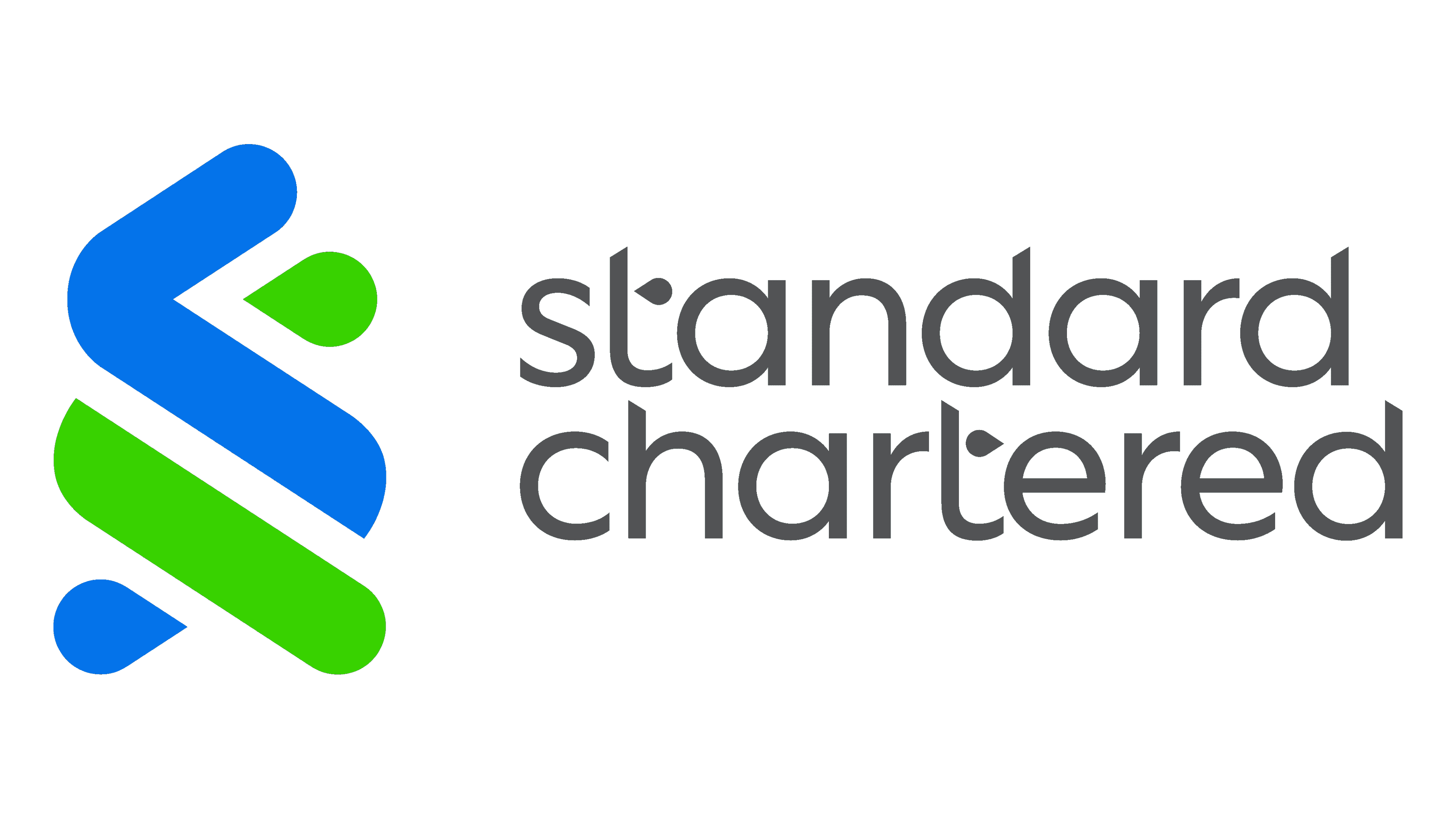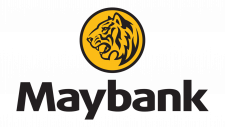Standard Chartered Logo
Standard Chartered is a major international bank headquartered in London. Businessman James Wilson founded the bank. Its creation happened in the United Kingdom. The primary purpose was to finance trade between Europe and Asia. The bank originated from two institutions, merging into a single entity to broaden their market reach and financial strength.
Meaning and history
Standard Chartered was established in 1969. The merger of two banks, the Standard Bank of British South Africa and the Chartered Bank of India, Australia and China, led to its formation. The Standard Bank was founded in 1863, and the Chartered Bank in 1853. These banks primarily focused on financing trade routes between Britain, Asia, and Africa. Key expansions include entering the U.S. market in 1987 and acquiring Korea First Bank in 2005. The bank navigated through financial crises and maintained a strong presence in Asia and Africa.
What is Standard Chartered?
Standard Chartered is a global banking institution that provides a wide range of financial services. It operates in numerous countries, focusing on Asia, Africa, and the Middle East. The bank specializes in personal banking, business finance, and investment services. Its significant role in international finance helps connect economies across different continents.
1969 – 1975
The logo consists of a duo-tone emblem paired with a wordmark. The emblem features a bold, interlocking S-C motif, symbolizing unity and strength. Accompanying it, “Standard and Chartered” is written in a classic, sans-serif typeface, projecting a clear, modern appearance. The simplicity of black on a white background conveys a sense of tradition and reliability. The graphic element and text combine to suggest a balance between heritage and contemporary values. This minimalistic approach reflects the bank’s global and straightforward approach to banking.
1975 – 2002
The logo presents a refined look with the same interlocking S-C emblem, now integrated into the wordmark. The emblem sits between “Standard” and “Chartered”, creating a visual bridge that unifies the two words. This placement emphasizes the connection between the two founding banks. The font style remains sans-serif but appears more streamlined. The emblem’s edges are sharper, conveying precision. A horizontal line grounds the design, adding a sense of stability. The black and white color scheme is retained, symbolizing the bank’s enduring commitment to simplicity and professionalism. The overall effect is a more cohesive and modern brand identity.
2002 – 2021
This iteration of the logo introduces color, with a blue and green palette infusing vitality and diversity. The iconic S-C emblem is more stylized, with a three-dimensional effect suggesting dynamism and growth. The green color represents sustainability and prosperity, while the blue reflects trust and security. The wordmark has shifted to a lighter blue hue, enhancing readability and approachability. The font is softer, with rounded edges, conveying a friendlier corporate image. The overall design embodies a modern and progressive financial institution, adapting to the evolving global market.
2021 – Today
The emblem’s design in the latest logo retains the familiar S-C shape but with a flatter, more simplified look, shedding the previous 3D effect. The color scheme is consistent, with the same blue and green hues, yet the green is now brighter, signaling freshness and innovation. “Standard Chartered” is displayed in a gray, lower-case typeface, suggesting a more modern and accessible brand. The font is cleaner, with more uniform weight throughout, emphasizing clarity and efficiency. The removal of uppercase letters makes the brand appear more approachable and less formal. Overall, the redesign reflects a step towards a digital-friendly identity in the banking world.















